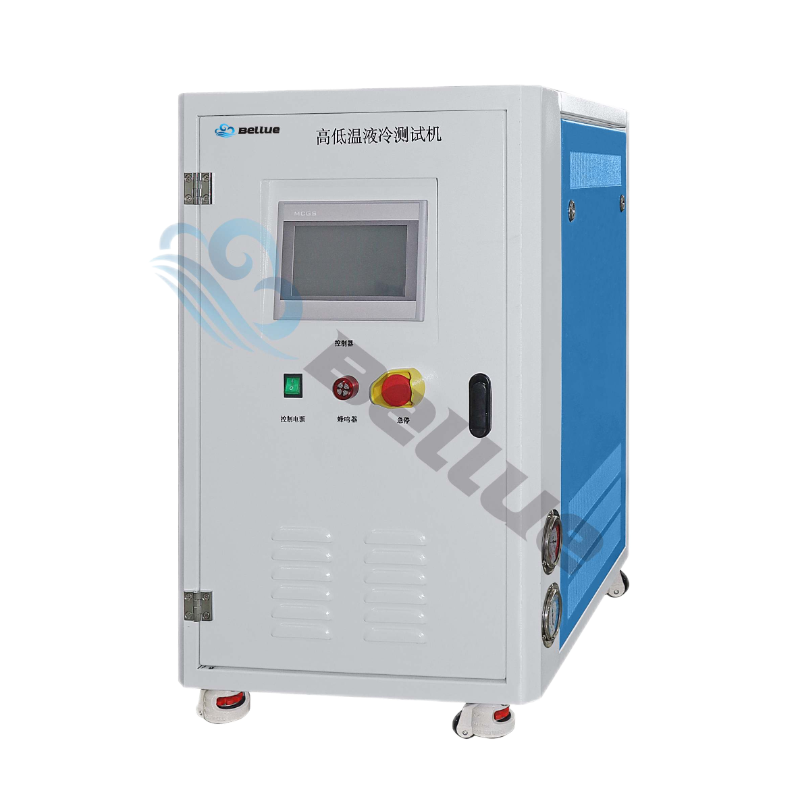Usage characteristics and installation requirements of battery pack liquid cooling testing machine
The characteristics of the battery pack liquid cooling testing machine are mainly reflected in its efficient cooling performance and accurate testing ability. This device is usually used to test the thermal performance of the battery pack to ensure the stability and safety of the battery pack under extreme conditions. Liquid cooling technology can effectively take away the heat generated by the battery pack and prevent the occurrence of safety problems such as battery thermal runaway. At the same time, the test machine can also simulate different environmental conditions to carry out comprehensive performance tests on the battery pack.
When installing the battery pack liquid cooling test machine, the following requirements need to be noted:
1, the equipment should be installed on a flat and stable ground to ensure its stability and safety.
2. The installation environment should be kept dry and well ventilated to avoid damage to the equipment caused by damp and high temperature environment.
3, before installation should be checked in detail whether the parts of the equipment intact, if any damage should be replaced in time.
4, the installation process should be strictly in accordance with the equipment instructions and installation drawings to avoid errors or omissions.
5, after the completion of the installation should be a comprehensive debugging and testing to ensure that the equipment can operate normally and meet the test requirements.

In addition, for the use and maintenance of the battery pack liquid cooled test machine, the following points need to be noted:
1, the operator should be professionally trained, familiar with the structure, performance and use of the equipment.
2, in the process of use should be strictly in accordance with the operating procedures, to avoid illegal operations caused by equipment damage or personnel injury.
3. Regular maintenance and maintenance of the equipment to keep it in good working condition.
4. If the equipment is found to be abnormal or faulty, it should be stopped in time for inspection and contact professionals for maintenance.
Energy storage liquid cooling temperature control technology application advantages
How to derive the test results of high and low temperature coolant tester
High and low temperature coolant test electrical source circuit connection method
The problem of water source during the use of high and low temperature coolant testing machine
Coolant filling and discharging method of battery module high and low temperature liquid cooling test machine
High and low temperature liquid cooling test machine solutions
